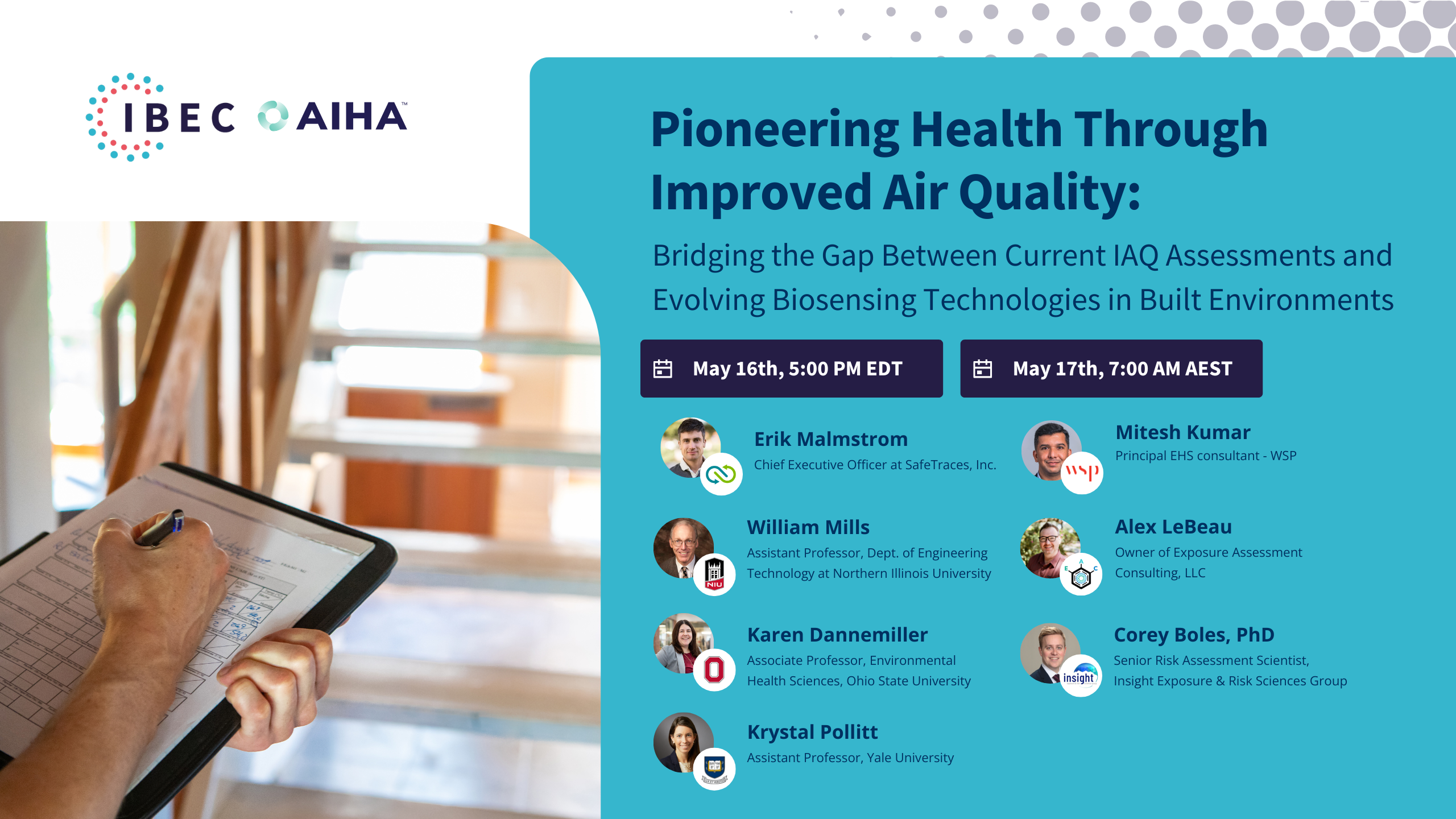
Pioneering Health Through Improved Air Quality: Bridging the Gap Between Current IAQ Assessments and Evolving Biosensing Technologies in Built Environments
About This Session
In the fourth installment of our six-part CLEAN Lessons Learned series dedicated to indoor air quality (IAQ) and its impact on infectious disease transmission in the built environment, we will discuss innovative techniques for measuring airborne biological hazards, aiming to bridge the gap between current indoor air quality assessments and the need for more nuanced approaches to validate health risks.
This session, brought to you by the American Industrial Hygiene Association (AIHA) and the Integrated Bioscience and Built Environment Consortium (IBEC), serves as a vital bridge linking theoretical knowledge to practical application in the field of air quality and infectious disease control.
In this session, we will uncover the significance of, and advancements in, methods for detecting biological agents within buildings to increase awareness and understanding of how precise measurements can guide the mitigation of health risks associated with airborne pathogens.
Join us as we explore the complex relationships between indoor air quality (IAQ metrics) and health, emphasizing the need for targeted strategies to address the nuanced threat of airborne diseases in various settings. Let’s leverage the expertise of leading scholars and practitioners in the field to facilitate a comprehensive discussion on the latest research and practical solutions in the realm of airborne biohazard detection
The session will feature a panel of distinguished experts from Northern Illinois University, Insight Exposure & Risk Sciences Group, WSP, Exposure Assessment Consulting, LLC, Ohio State University, SafeTraces, and Yale University. For this session, our panelists bring extensive expertise in air quality, bioengineering, and occupational hygiene. Their insights will be instrumental in steering our discussions and strategies toward creating healthier and safer indoor environments.
Confirmed Experts
William Mills
Assistant Professor, Dept. of Engineering Technology at Northern Illinois University
Alex LeBeau
Owner of Exposure Assessment Consulting, LLC
Karen Dannemiller
Associate Professor, Environmental Health Sciences, Ohio State University
Krystal Pollitt
Assistant Professor, Yale University
Corey Boles, PhD
Senior Risk Assessment Scientist, Insight Exposure & Risk Sciences Group
Grab your spot now!
Time to network: Join the social lounge
Enhance your event journey! Enter the event 30 minutes early or linger 30 minutes post-event in our social lounge. Connect with peers, professionals, and speakers. Engage in insightful discussions, share perspectives, and foster new relationships. Your opportunity to connect awaits.
Did you miss parts one, two, and three? You’ve got a second chance.
The first session of the series was titled "Indoor Air Quality as a Public Health Strategy to Reduce the Risk of Infectious Disease Transmission in the Built Environment." This event brought together representatives from well-recognized organizations such as AIHA, the American Society of Heating, Refrigerating and Air-Conditioning Engineers (ASHRAE), Johns Hopkins University, and Harvard University. The keynote speaker for this session was James Frederick, Deputy Assistant Secretary of Labor for the Occupational Safety and Health Administration (OSHA). With more than 200 registered participants, the session struck a chord within the community, making for a powerful start to the series.
The second session of the series was titled “Unraveling Infectious Disease Transmission in the Built Environment.” This event brought together representatives from well-recognized organizations such as the National Institute for Occupational Safety and Health (NIOSH), Biosafety International, the National Strategic Research Institute at the University of Nebraska (NSRI), the University of Nebraska Medical Center (UNMC), and the Bioengineering Department at McGill University. With more than 130 registered participants, the session was a powerful second installment to the series.
The third session of the series was titled “Strategic Airflows: Ventilation as a Key Defense Against Infectious Diseases.” This event brought together representatives from well-recognized organizations such as Biosafety International, InAIR Environmental Ltd, Virginia Tech, Johnson Controls, American Society of Heating, Refrigerating and Air-Conditioning Engineers (ASHRAE), Stantec, and SafeTraces. With more than 280 registered participants, the session was a powerful third installment to the series.


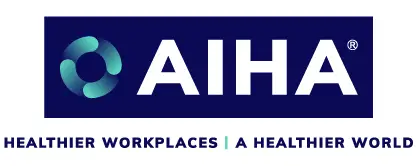
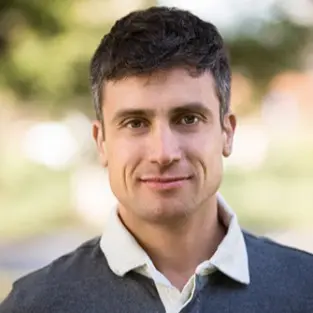


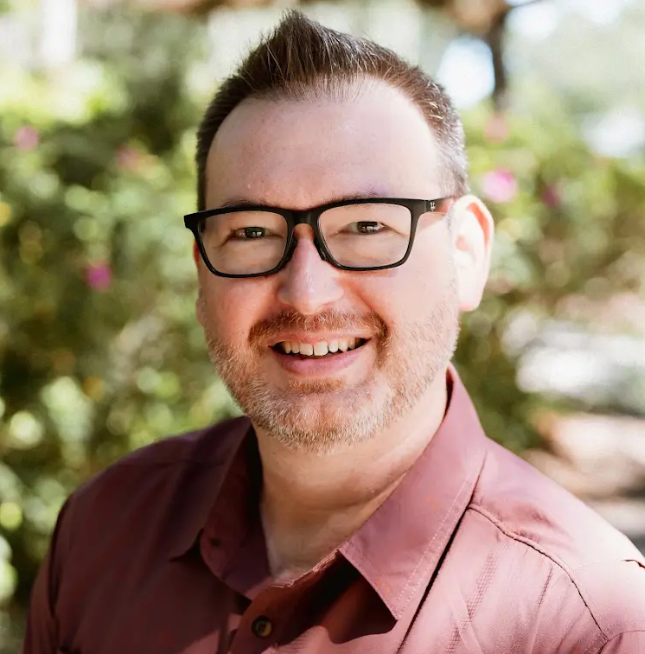
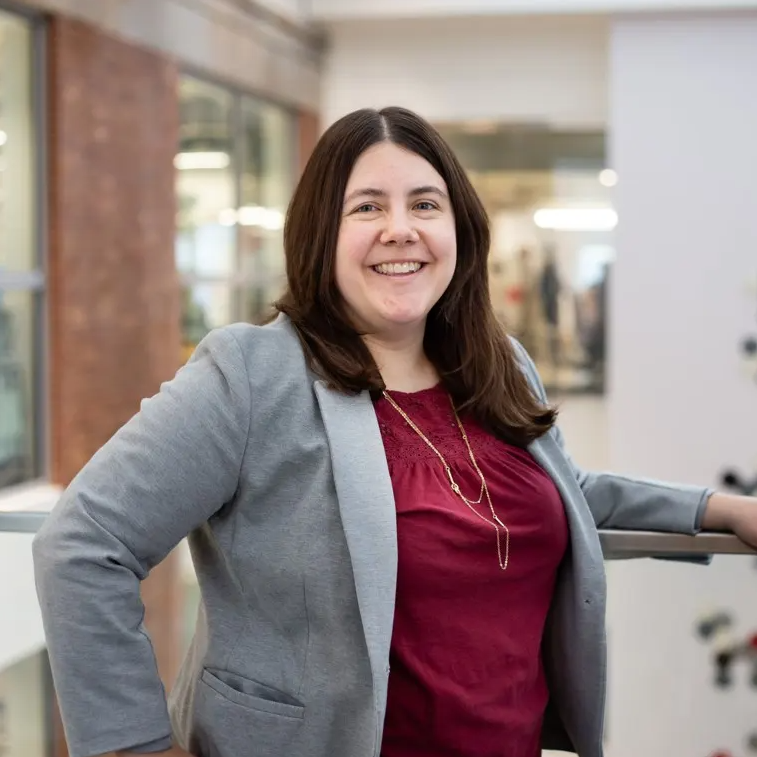
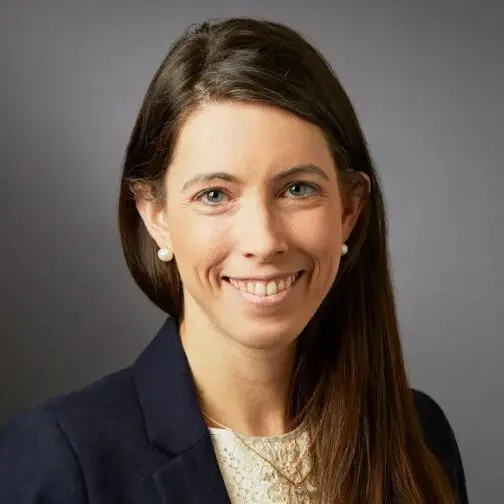

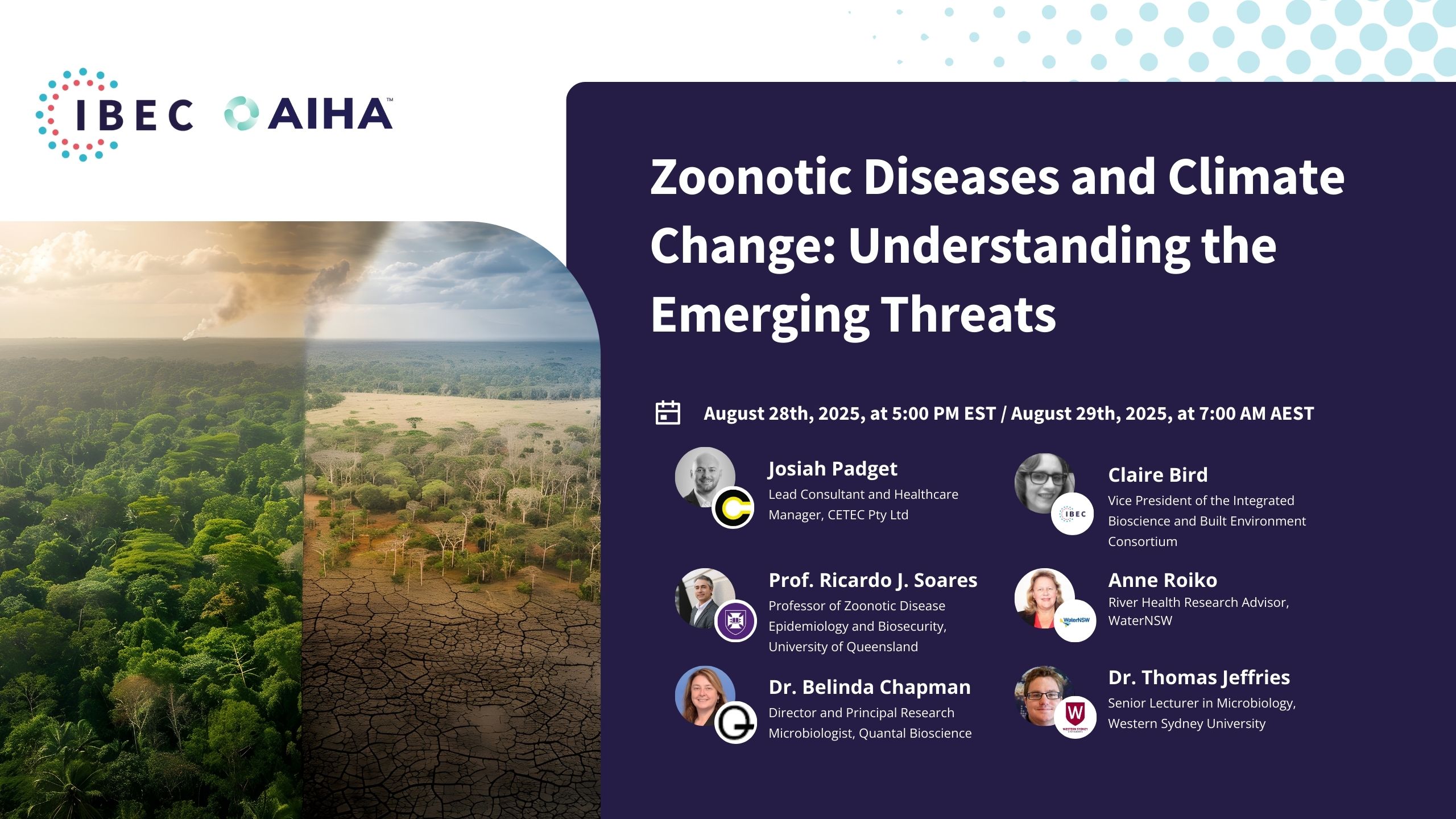
Willing to attend